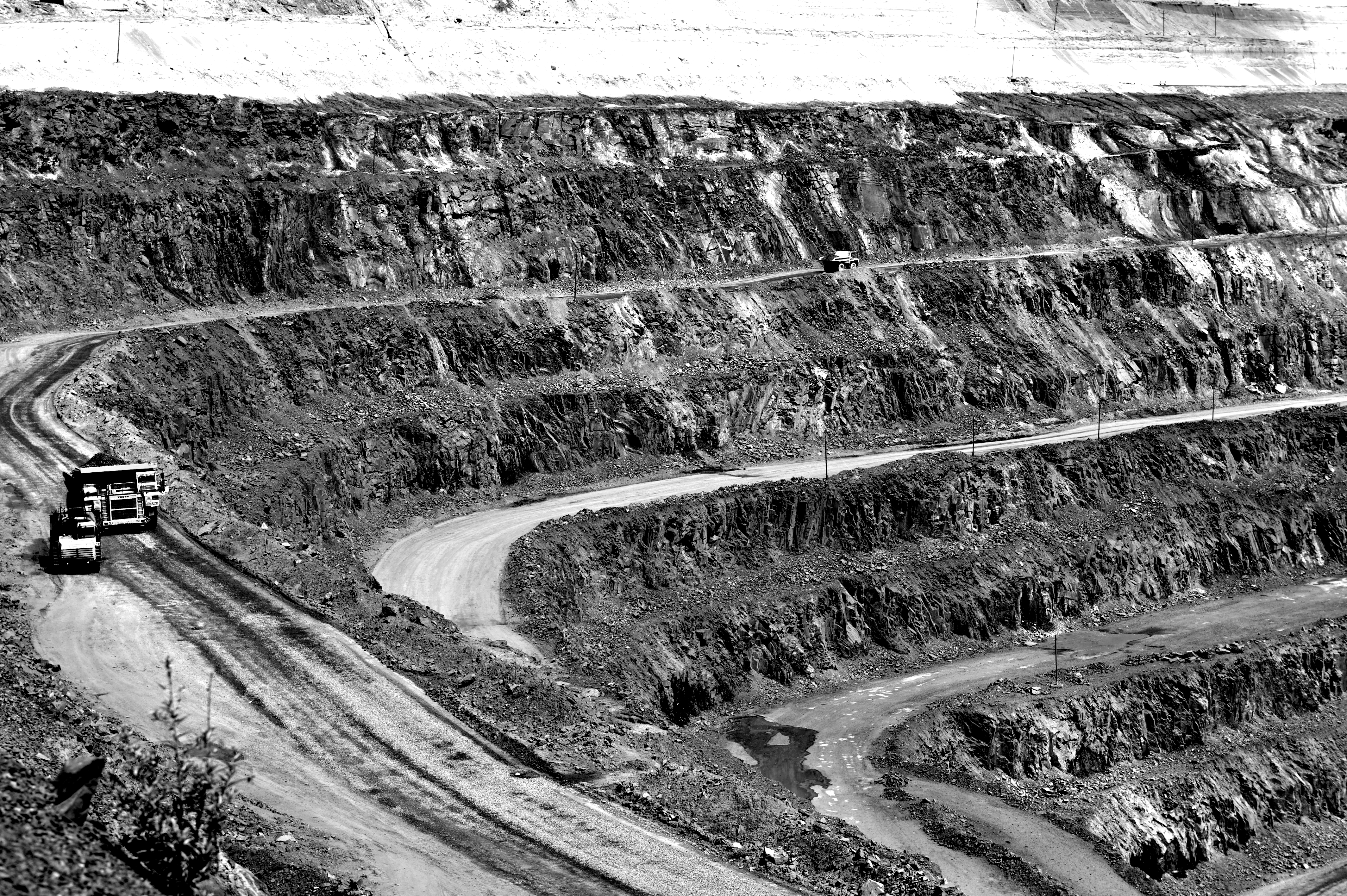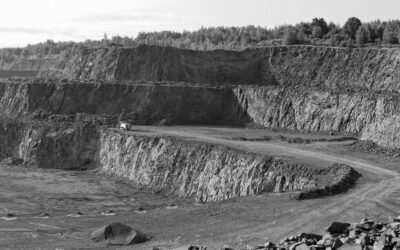
Mining
Mines encompass extensive areas, characterized by a range of dynamic activities, such as blasting, drilling, excavations, and ore transportation, among others. These operations induce vibrations that exert a substantial influence on both the geological composition and the stability of the mine infrastructure, as well as the integrity of surrounding structures.
Vibration levels are meticulously monitored using triaxial geophones, providing a comprehensive assessment of the ground’s response to mining-related activities. Additionally, air pressure may be measured with an air overpressure microphone.
The main applications in this field:
Blasting Monitoring
Tailing Storage Facilities (TSF)
Tailings storage facilities and their associated dams require permanent monitoring. Typical monitoring strategies usually employ accelerometers, to prevent potential collapses that could pose risks to the entire mine and surrounding communities.
Our solutions
Tailings Storage Facilities (TSF)
Strong motion monitoring of tailings storage facilities
Blasting
Blast induced vibration monitoring









